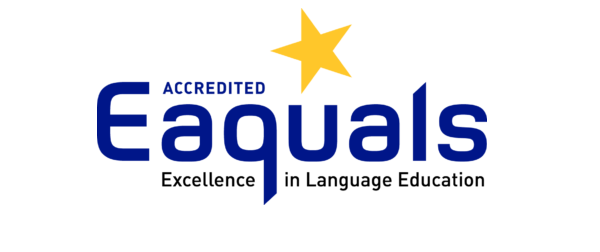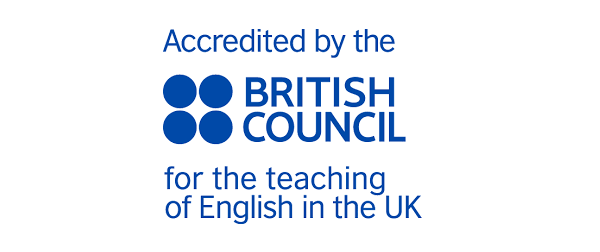|
NILE runs a wide range of professional development courses delivered in various modes. In this series, NILE's Senior Trainers look at some of the key concepts, activities, tips and tools which feature in our NILE courses.
Providing optimal conditions for exploiting the creative potential of our teenage learnersI was reminded the other day of something I heard on the radio about adolescence being the most creative time in people’s lives and it prompted me to think more about this. We often think that teenagers’ desire for approval from their peers can inhibit their willingness to be creative, depending on the form that creativity might take (performing a roleplay they have written in front of peers, for example, might be excruciating for some teenagers and we need to be aware of this as teachers). But this capacity for creativity in teenagers does make sense in many ways – after all, teenagers are at the stage in life where they are developing greater ability to reason, analyse and question. So, how can we provide optimal conditions to harness this creative potential in our teenage learners? A recent literature review of studies into creativity and adolescence by Van der Zanden et al (2020) highlighted some interesting factors that need to be balanced in order to do this (outlined below) and I have used these to make suggestions for how these might look in practice:
I hope this has given you some food for thought if you teach teenagers. You can find more discussion of issues related to teaching teenagers on our Teaching Teenagers course with Emma Heyderman, face-to-face in Norwich in July and August, and online in January and September. Reference: van der Zanden, P . Meijer P. and Beghetto R. (2020) A review study about creativity in adolescence: Where is the social context? Thinking Skills and Creativity Journal, Elsevier. |



